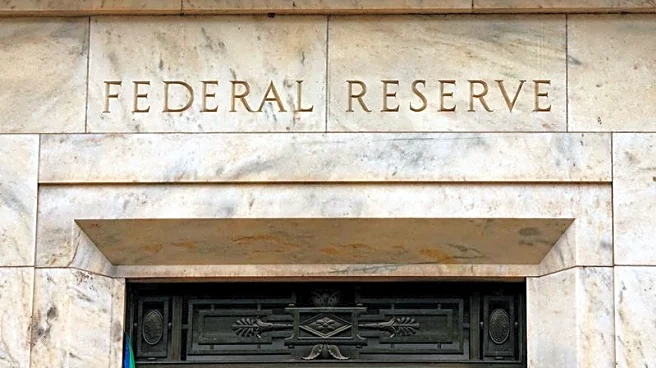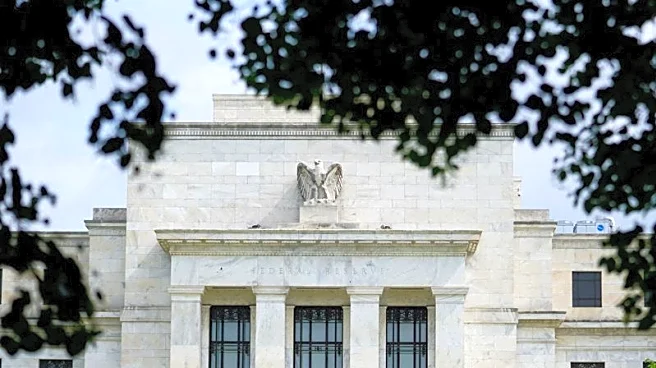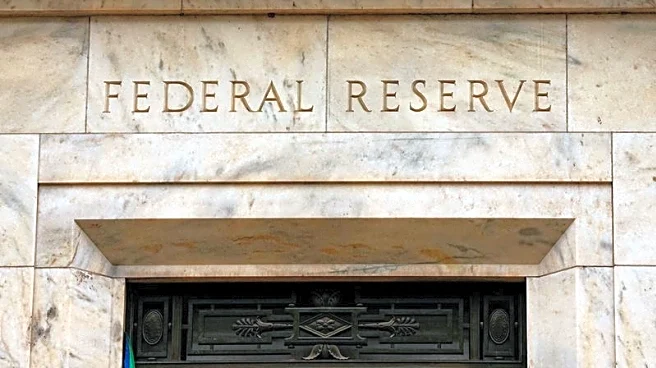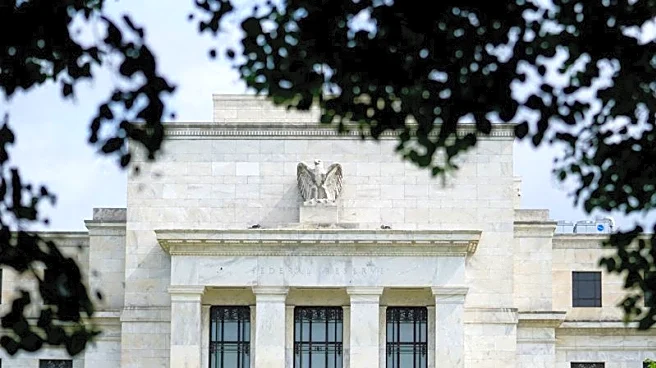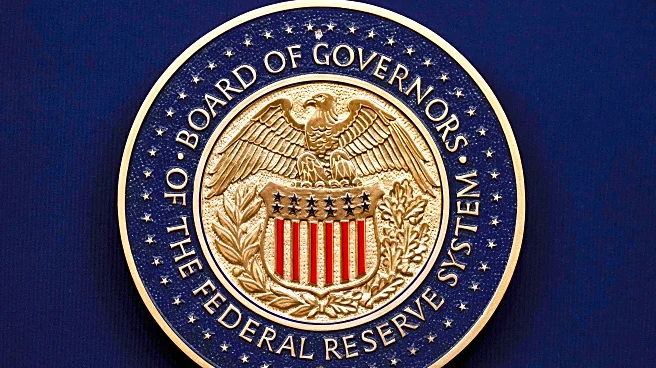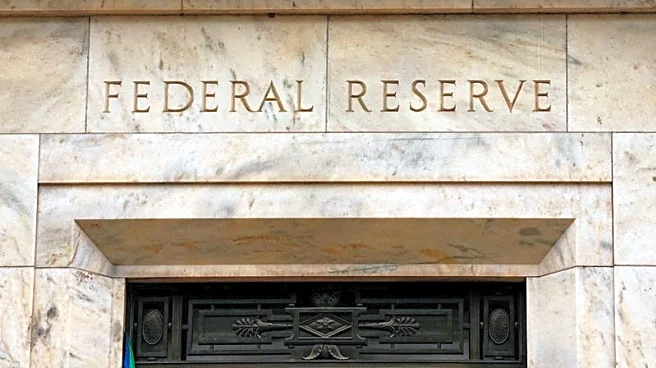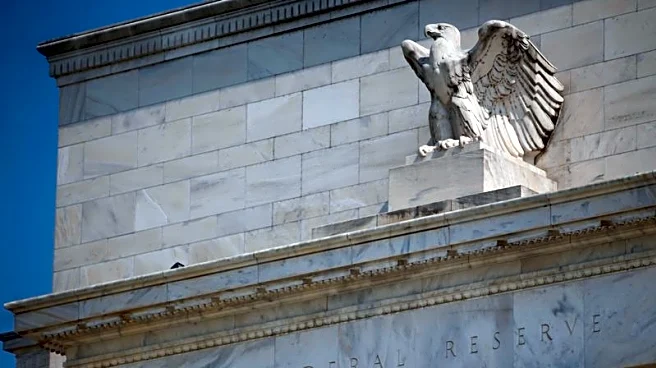By Michael S. Derby
(Reuters) -The Federal Reserve on Wednesday said it is ending the drawdown of its $6.6 trillion balance sheet amid evidence money market liquidity conditions have begun tightening and
bank reserve levels dropping.
Instead of allowing up to $5 billion in Treasury securities to mature each month and not be replaced, the Fed said that beginning December 1 it would now seek to hold steady its stock of government bonds by rolling over maturing Treasuries.
The Fed also said it was maintaining its current plan to allow up to $35 billion in mortgage-backed securities to expire each month - a target it has never achieved in more than three years of reductions - but beginning December 1 will reinvest all proceeds from maturing MBS into Treasury bills.
At its Federal Open Market Committee meeting, the central bank trimmed the fed funds rate by a quarter percentage point, to between 3.75% and 4.00%. It moved the interest on reserve balances rate, or IORB, to 3.90% from 4.15%, while the reverse repo rate went to 3.75% from 4.00%. The IORB helps set the top of the funds rate range, while the reverse repo rate helps establish the low end.
QUOTE
The Fed’s shift on QT was widely expected and comes amid mounting signs of pressure in money markets.
Over recent days the federal funds rate has been moving higher within its range as other key short-term lending rates have moved up. At the same time, the Fed’s Standing Repo Facility, which exists to provide fast cash loans on Treasuries, has sprung to life after several years of seeing almost no activity, recording its highest usage ever on Wednesday.
For Fed watchers, these developments indicated the Fed was near the point where there is enough liquidity in the financial system to allow policymakers firm control over their interest rate target, while allowing for normal levels of volatility in money market rates.
The Fed has been mindful of not taking too much liquidity from the system as that could cause it to lose control of the fed funds rate, as it did briefly during the last iteration of QT six years ago. Central bankers have sought to avoid a replay of that event.
QT aimed to remove the huge wash of liquidity the Fed added to the financial markets during the COVID-19 pandemic. As part of an effort to support the economy, Fed holdings more than doubled from early 2020 levels to $9 trillion by the middle of 2022.
QT has been steadily reducing Fed holdings since that peak. Most of the effort to date has extinguished the excess of cash eligible firms had parked in the reverse repo facility, which has fallen from $2.6 trillion at the close of 2022 to seeing a near dearth of activity.
Since the conclusion of meaningful reverse repo usage, QT has been lowering reserve levels, although they still remain within a range that has held for a number of months.
Over coming months, a number of analysts reckon the Fed will have to start rebuilding its holdings with new purchases of bonds, not as a form of stimulus but to keep financial system liquidity at the right levels in an expanding economy.
(Reporting by Michael S. Derby; Editing by Andrea Ricci)
